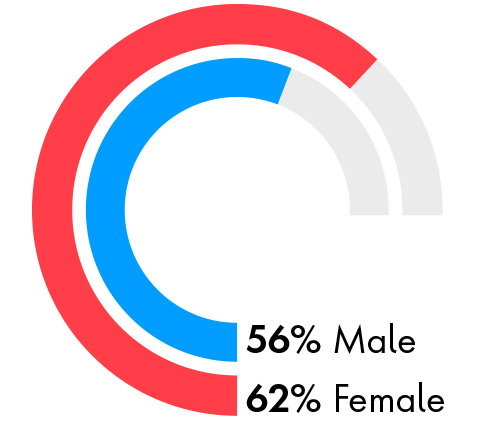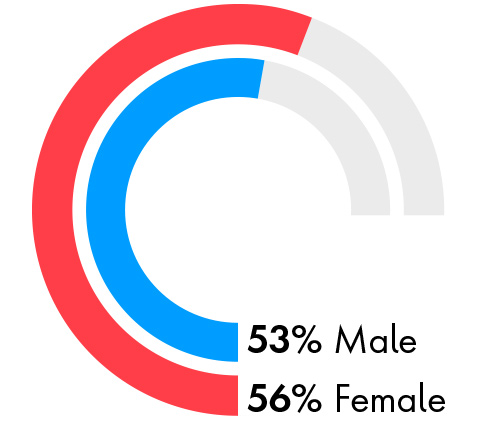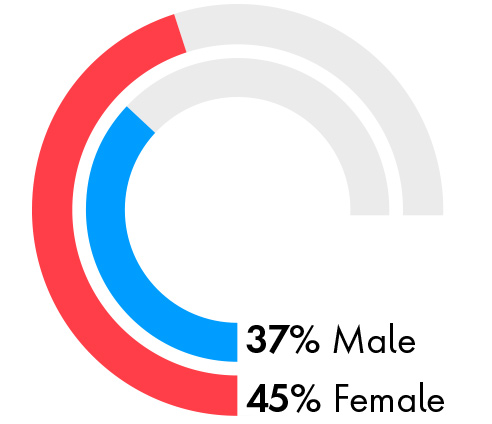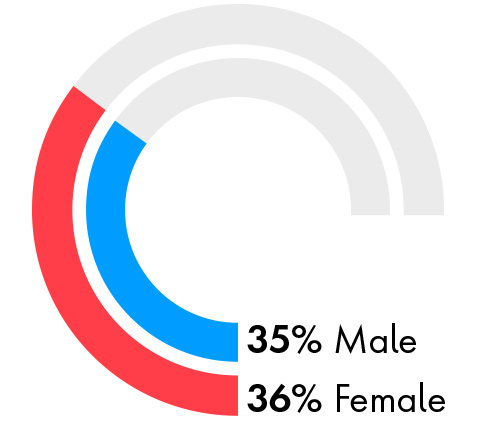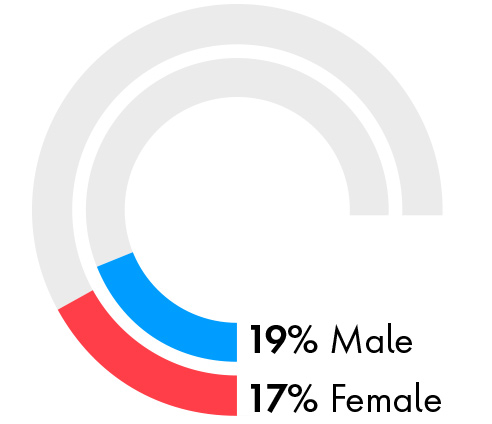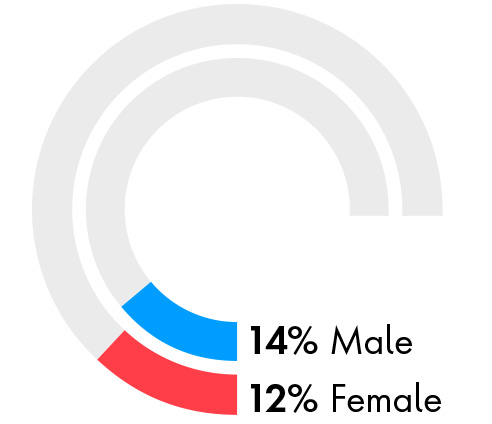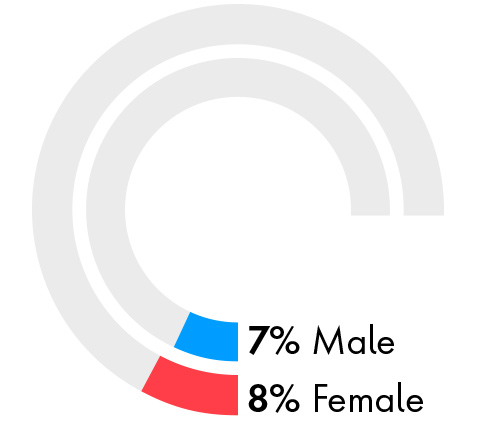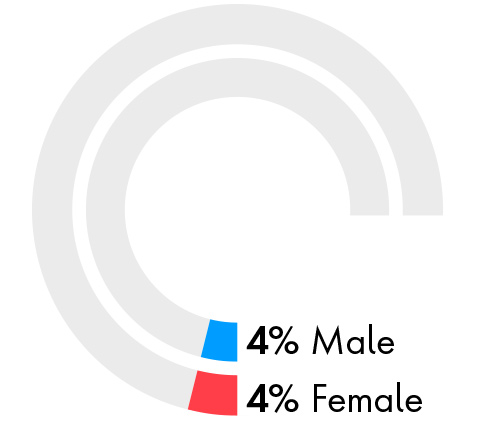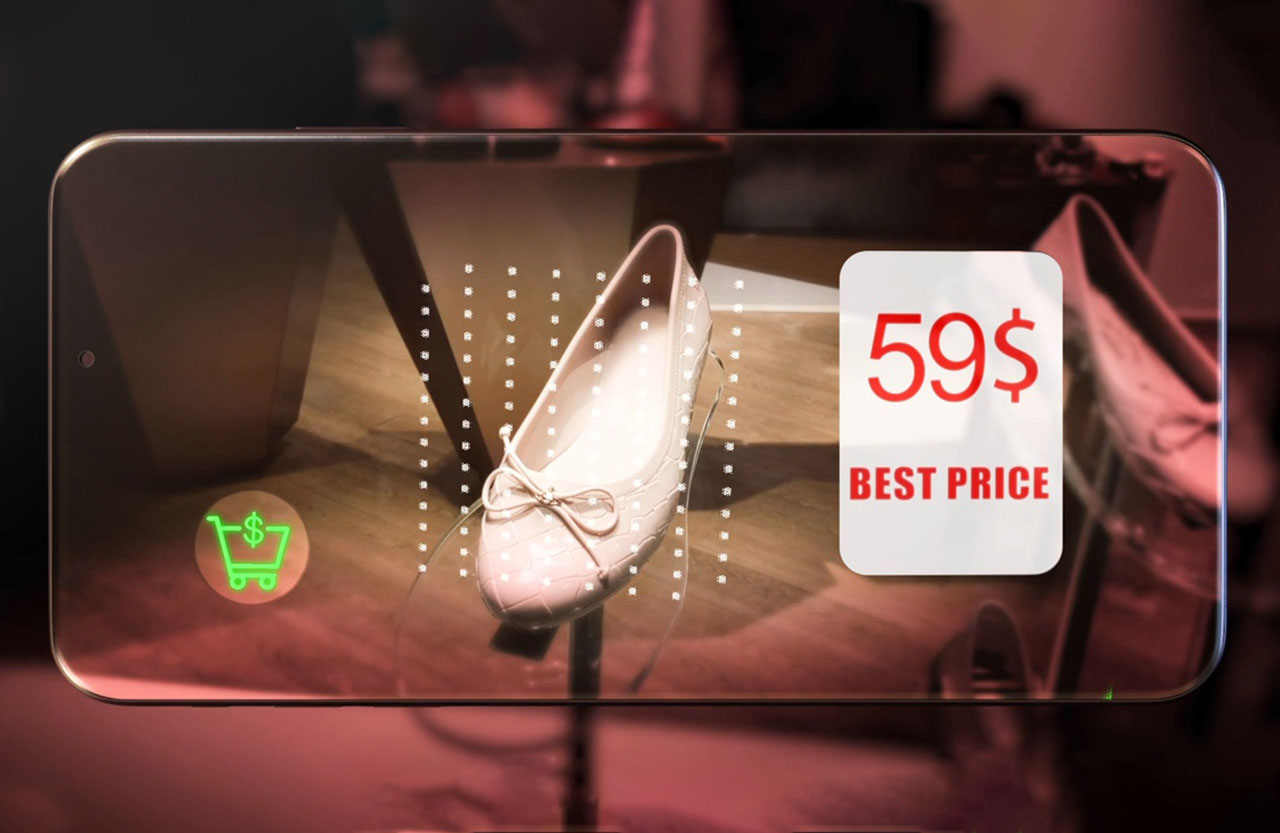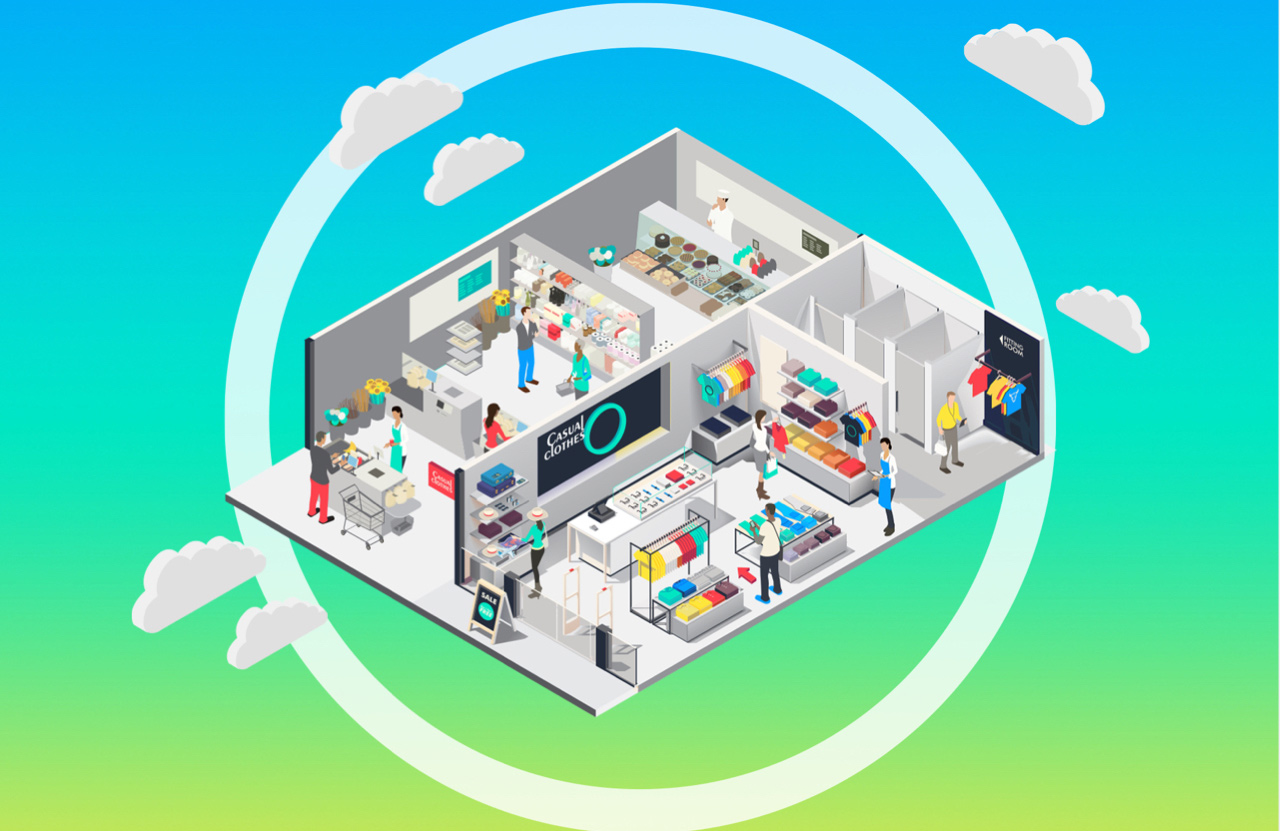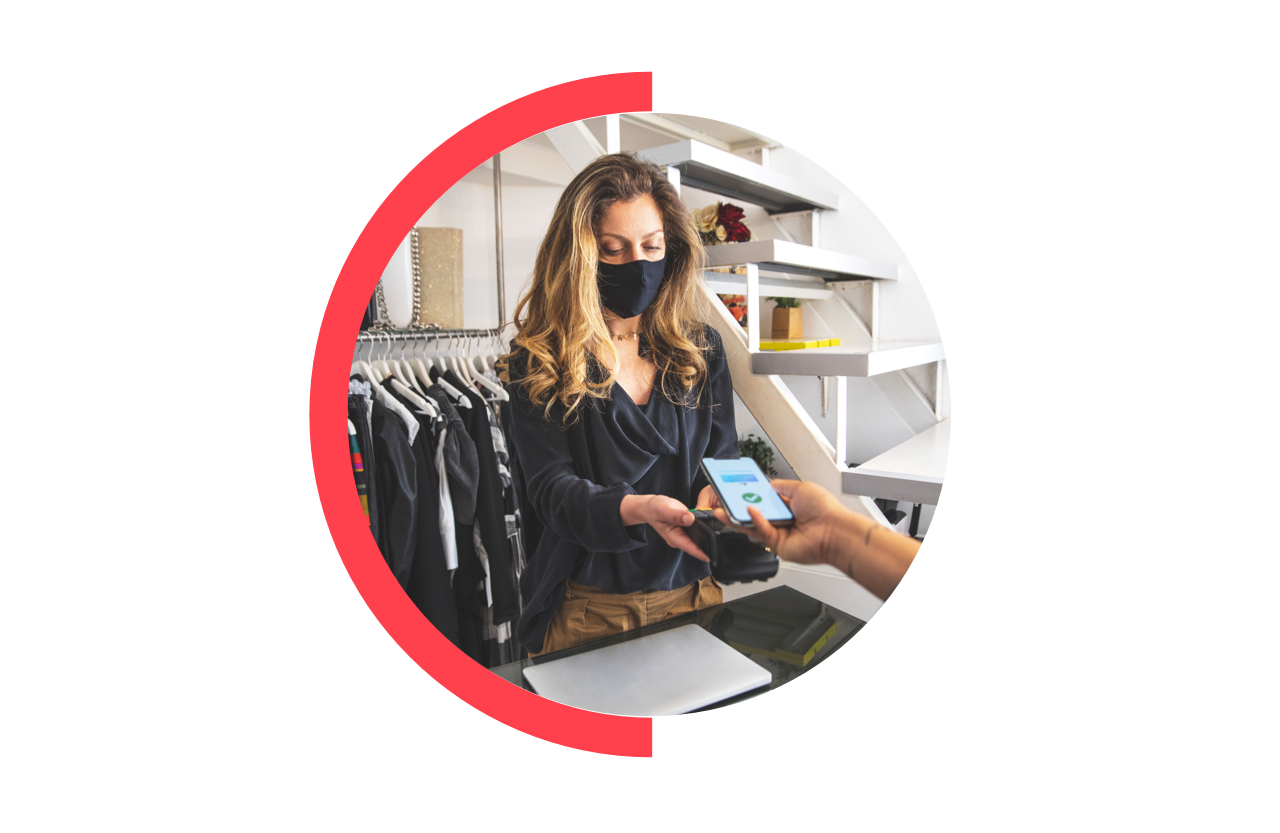What issue can we solve for you?
Type in your prompt above or try one of these suggestions
Suggested Prompt


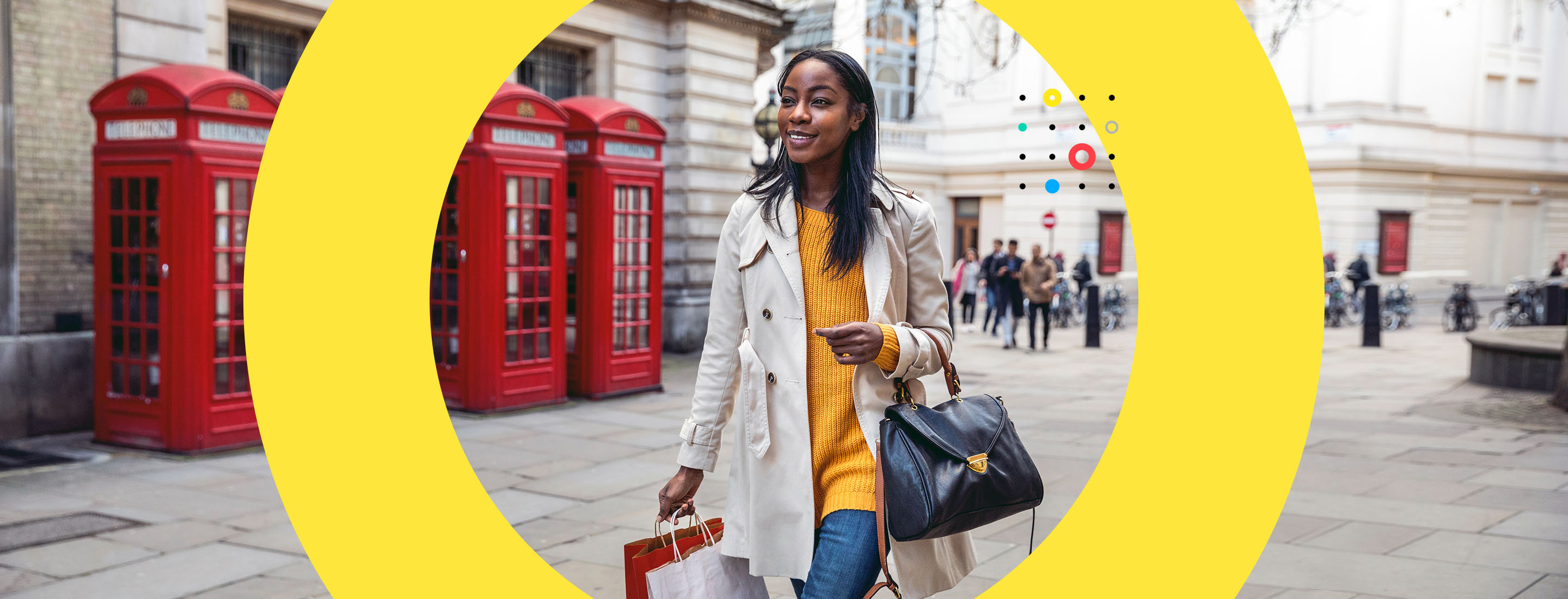
Insight
UK Shopper Expectations Shift as Brick-and-Mortar Locations Reopen
UK Shopper Expectations Shift as Brick-and-Mortar Locations Reopen
UK shoppers are ready to return to retail stores. But has the pandemic changed their expectations of the shopping experience? New research from Publicis Sapient explores shifting shopping trends.
After a third wave of lockdowns, nonessential retail locations across the United Kingdom reopened in April—and consumers were ready to return. Sales volumes rose 9.2 percent month-over-month in April after a 5.2 percent rise in March, with foot traffic to retail destinations seeing a 218 percent jump in the first week after reopening.
So, where are shoppers prioritizing their spending, and how have expectations of the in-store experience changed? We asked UK shoppers to weigh in with what they’re looking for in the months ahead.
A fresh new look toward discretionary spending
When it comes to where UK shoppers want to fill their carts first, a wardrobe refresh seems to be the biggest need. Sixty percent of shoppers have their eye on clothing, 30 percent specifically singling out shoes and 25 percent looking for athleisure or sportswear. DIY and Home Furniture are also a key target for 30 percent of those surveyed, perhaps to help change up the spaces they’ve spent so much time in over the past 14 months.
Which categories of store are you planning to visit over the next 3 months?
(Select all that apply)
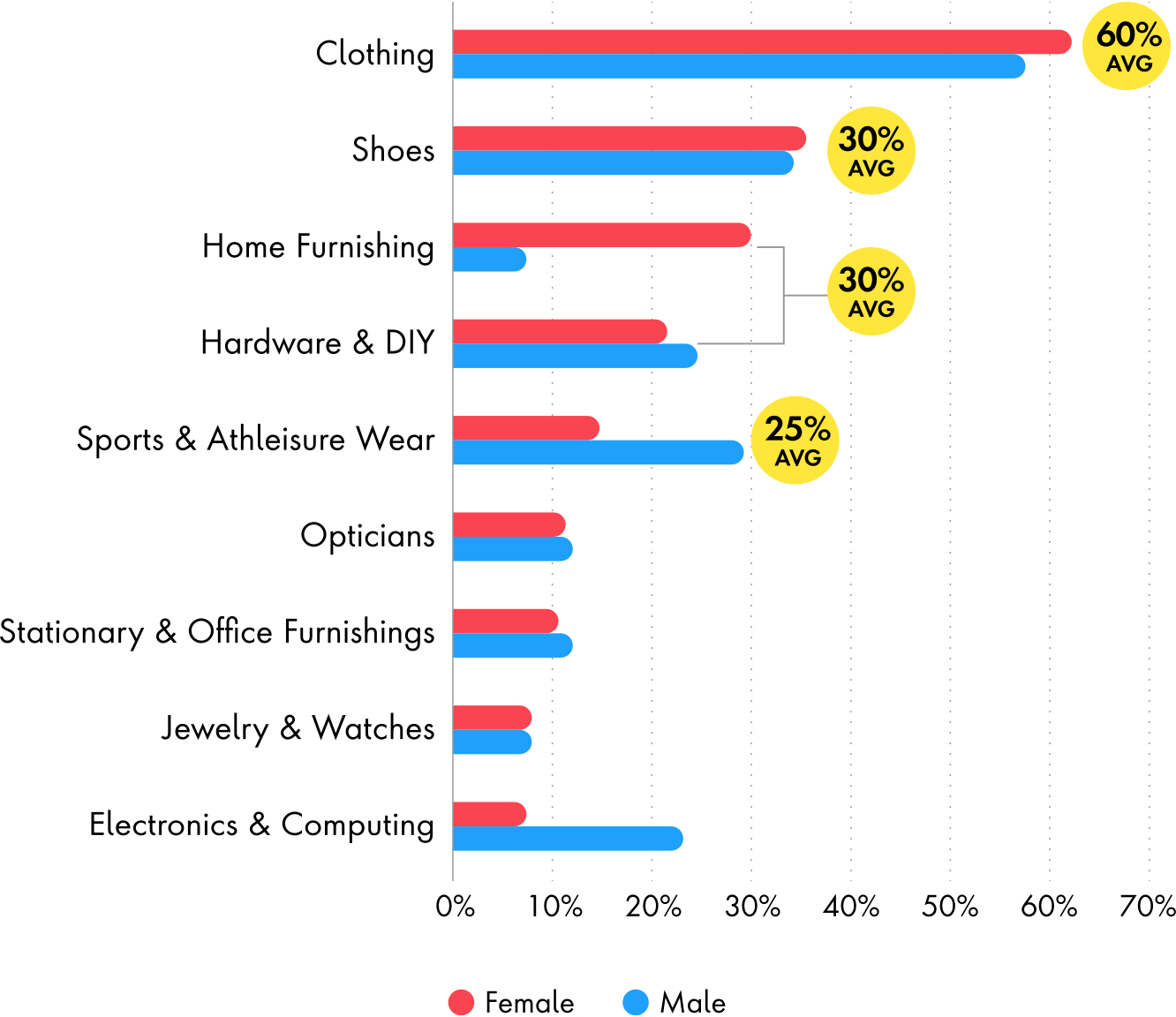

Looking back
At the height of the pandemic, more than one-fifth of UK consumers put a pause on purchases like apparel and luxury items, behind only vacations and flights.
Health and safety remain priorities, but convenience is king
When choosing where to shop, concerns about health and hygiene post-pandemic have proven to be important to 35 percent of respondents. However, shoppers are still likely to prioritize retailers with the right brands, good parking and a reasonable location over cleanliness and hygiene measures.
What are the most important factors when deciding where to shop?
(Select all that apply)
-
![56% Male 62% Female]()
How far away/how long it will take to travel to the location
![53% Male 56% Female]()
The brands and stores at a particular location
![37% Male 45% Female]()
The availability and cost of parking
![35% Male 36%Female]()
The cleanliness/newness of a location
-
![19% Male 17% Female]()
The restaurants, bars and pubs at the location
![14% Male 12%Female]()
The ability to click-and-collect, curbside collect purchases at a single point
![7% Male 8% Female]()
The entertainment facilities at the location
![4% Male 4% Female]()
Where my friends or family are going to be going
An excuse to get out of the house (and a means to discover)
Product discovery and the ability to physically interact with items before purchasing remain primary drivers for returning to physical stores. However, our research found that UK shoppers also view heading to shops as an opportunity to get out of their homes and to have an experience beyond their own four walls—perhaps a much-needed break from prior restrictions.
Why do you want to shop in a physical store?
(Select all that apply)
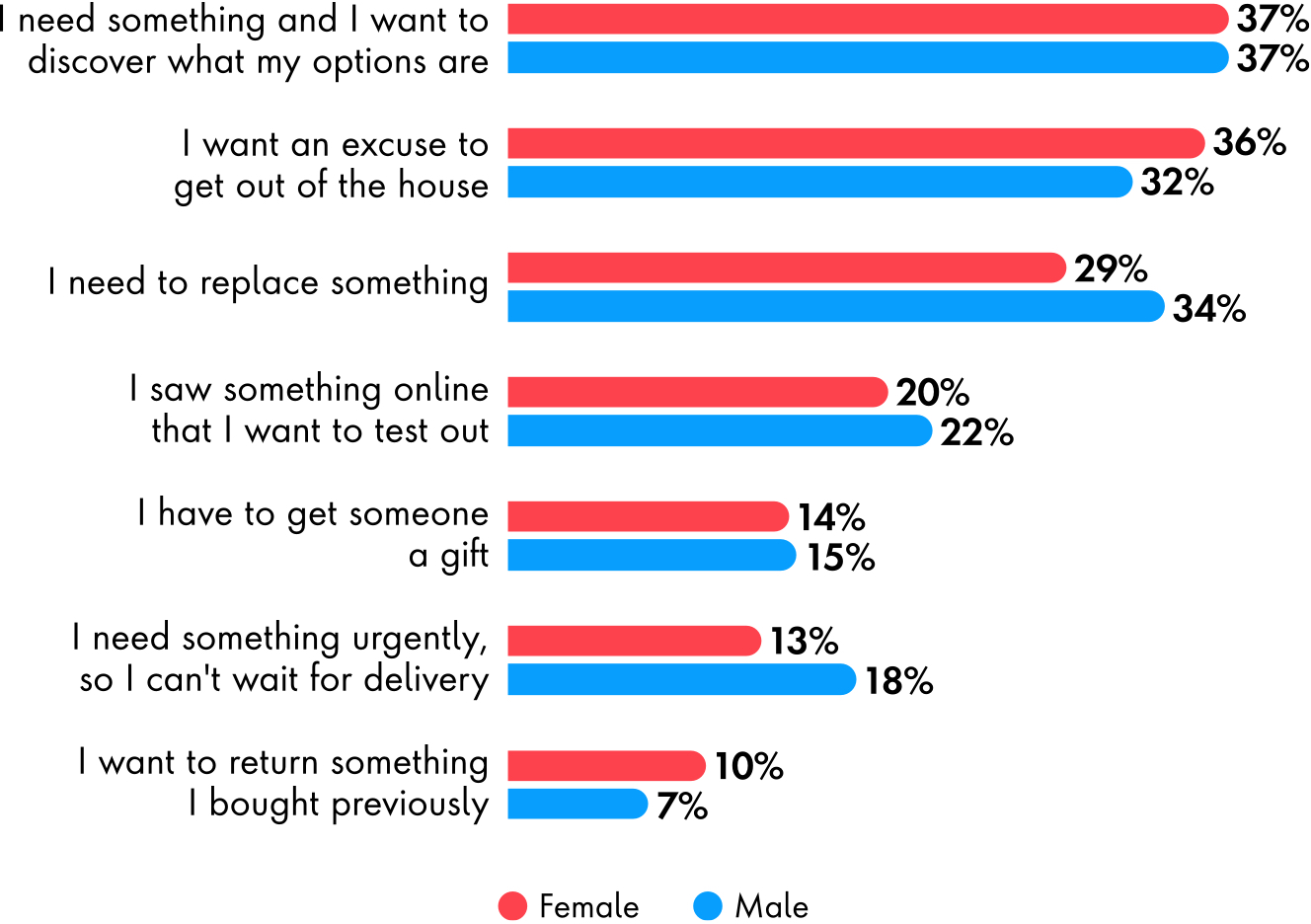

How people plan to shop
Although nearly half of male and female UK shoppers plan to shop alone, heading to stores is also seen as a social opportunity, with close to one-third planning to shop with their partner and one-fifth of female shoppers planning to go with family.
Omnichannel services are the new normal
Online shopping has also fundamentally changed expectations of in-store experiences, with online reservations and the ability to return purchases in store becoming more popular. Endless Aisle experiences, which allow consumers to buy products that the store may not have in stock in that location, are popular with consumers.
What kinds of digital screens or tools do you expect physical stores to have?
(Select all that apply)
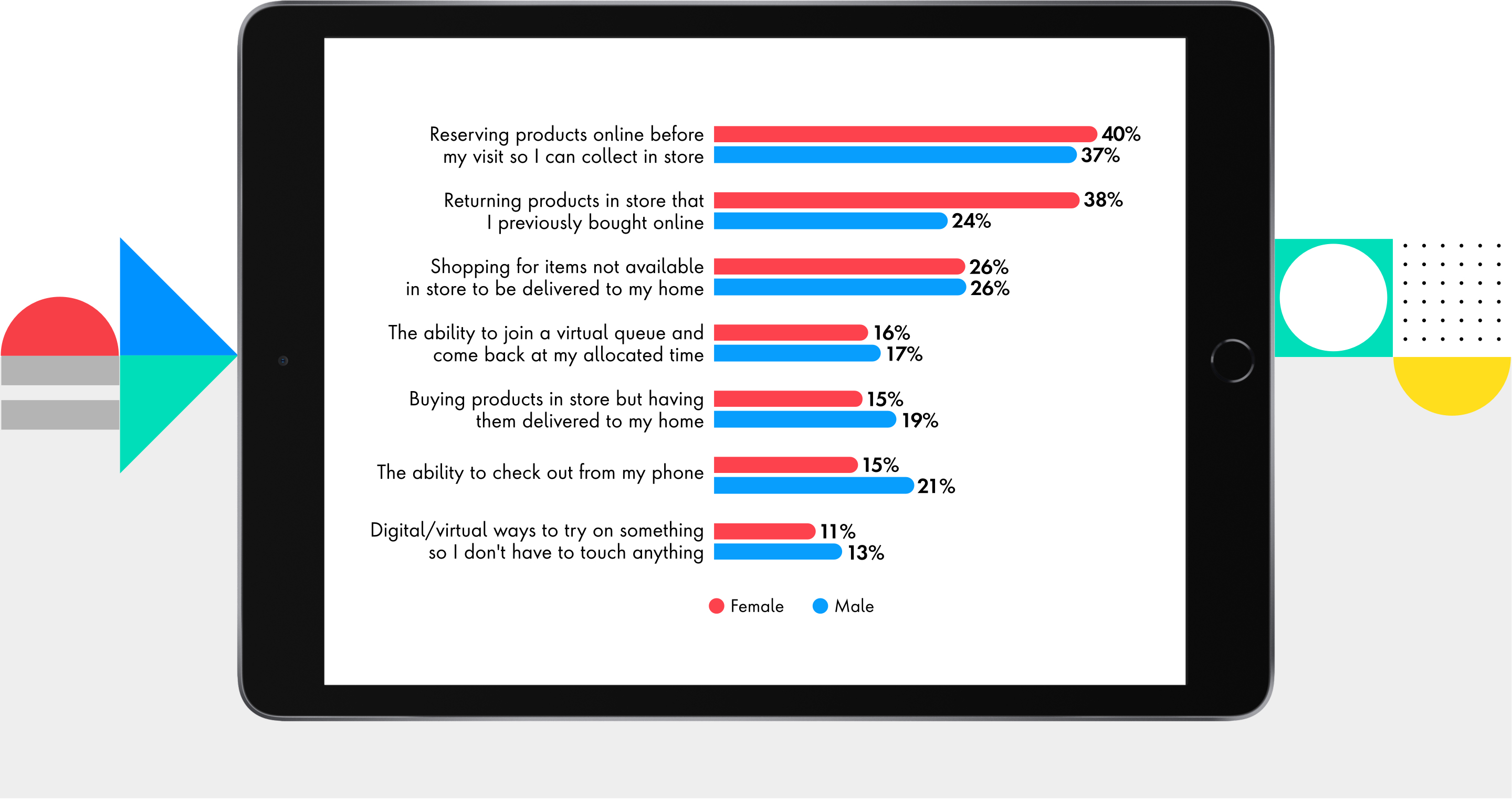
But not all shoppers are the same—people buying jewelry, home furnishings or gadgets have different expectations than consumers shopping for clothes, glasses or office furniture.
Jewelry shoppers are more likely to want virtual ways of trying on or trying out products when compared to shoppers in other sectors. They are also more likely to want the ability to click-and-collect products from a single touchpoint.
Preference for digital/virtual ways to try products in store by sector
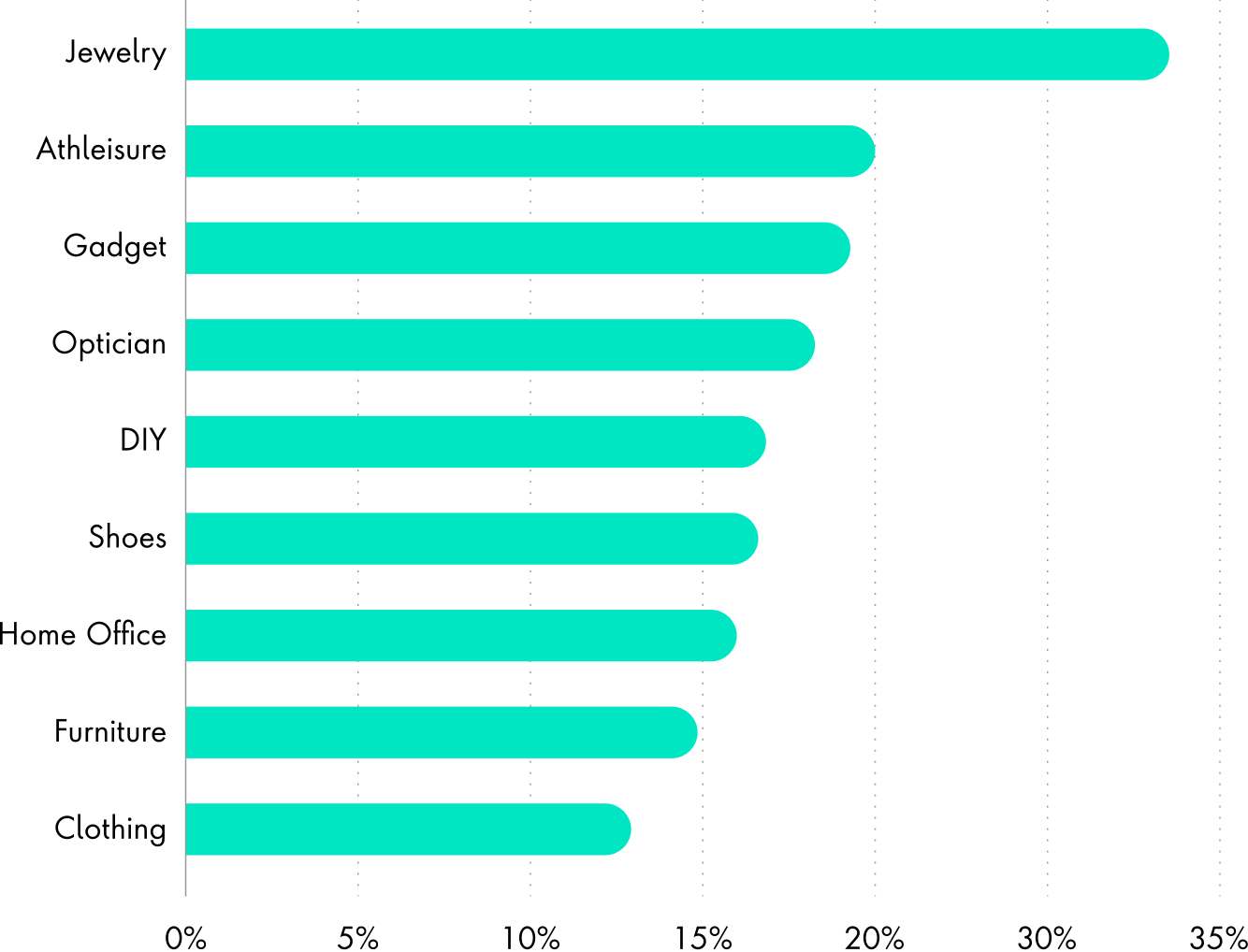
Preference for click-and-collect at retail locations by sector
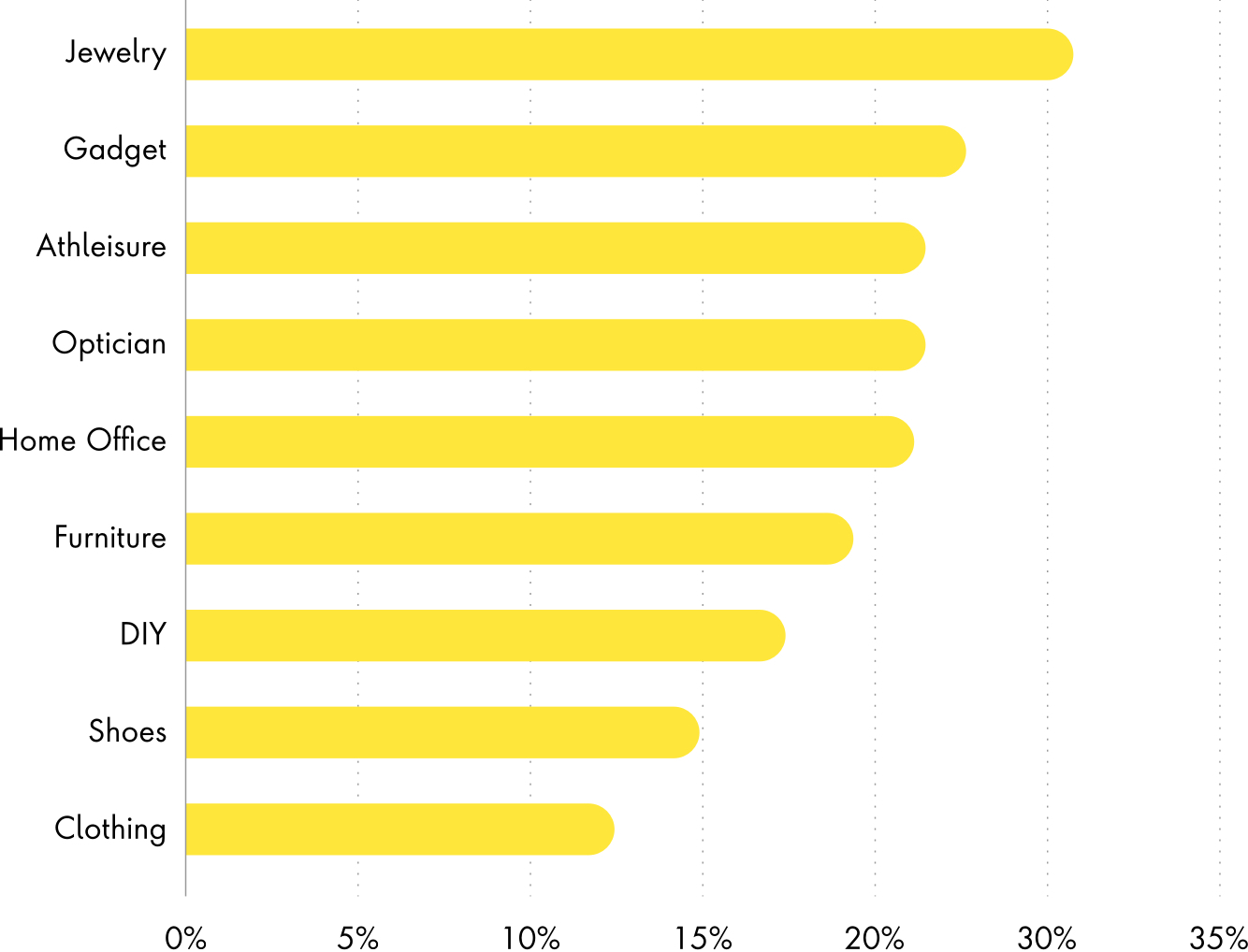
These shoppers also expected to be able to checkout from their mobile phone rather than a traditional check out experience.
Preference for mobile checkout options by sector
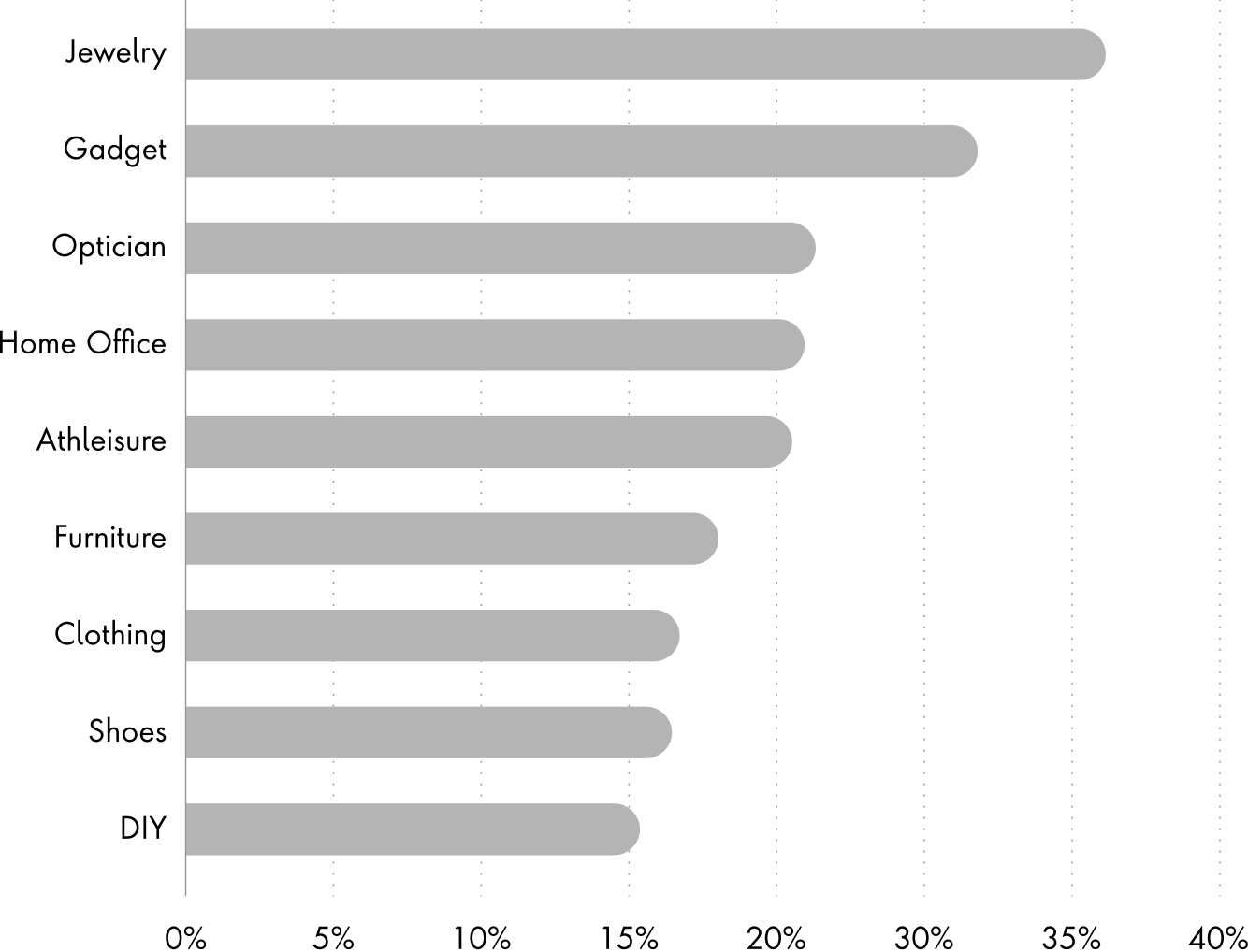
Changing consumer trends—are they here to stay?
It will be interesting to see whether these trends continue as normal life resumes or if changes in consumer behaviors and priorities revert to post-pandemic expectations. Or, perhaps we are seeing a post-lockdown burst of in-person shopping that will quickly lose its novelty as people realize the convenience of home delivery is here to stay.
Interested in how changing consumer preferences can shape your global strategy?
Simply contact us for deeper country-level insights and more.

Dive into The Digital Life Index
Seize the data with people-first insights designed to take your brand from Now to Next.
Related
-
![Thumbnail image for the Store of the Future video from the Publicis Sapient HOW Channel.]()
Video
Retail Store of the Future
With a lens on the future, retailers are re-imagining stores for the digital age—using technology to create new experiences from product discovery to checkout. But just what will this new shopping experience look like? Let’s take a tour.
-
![Thumbnail image for the What's Next for Retailers interactive guide.]()
Interactive Guide
What’s Next for Retailers?
Experience how a digitally enabled retail store can drive value for your business and your customers.
-
![Thumbnail image for the "Reopening Retail With a Digital Assist" article.]()
Article
Reopening Retail Stores with a Digital Assist
The role of digital retail transformation for physical storefronts is now a fundamental tool to address new challenges and no longer just a process to give customers more convenient shopping options. Publicis Sapient shows how this is done.





